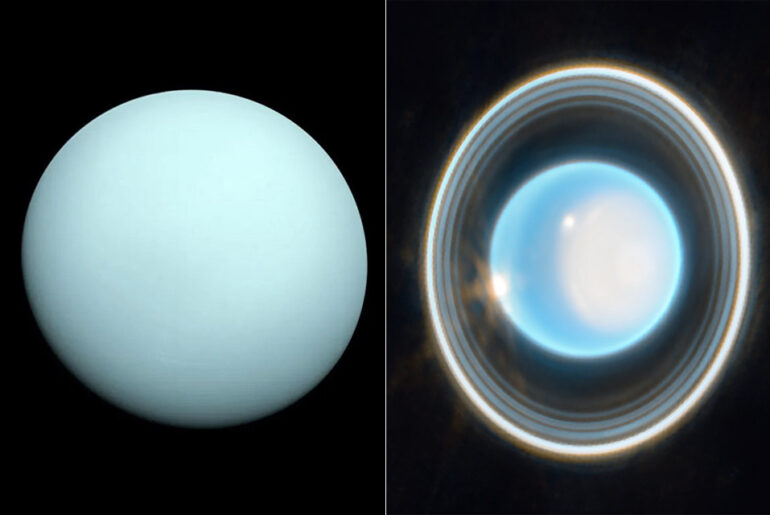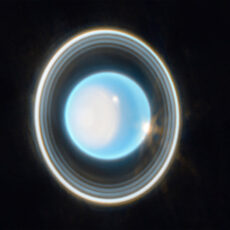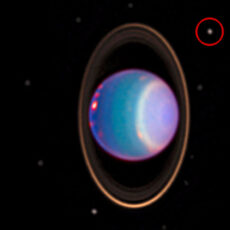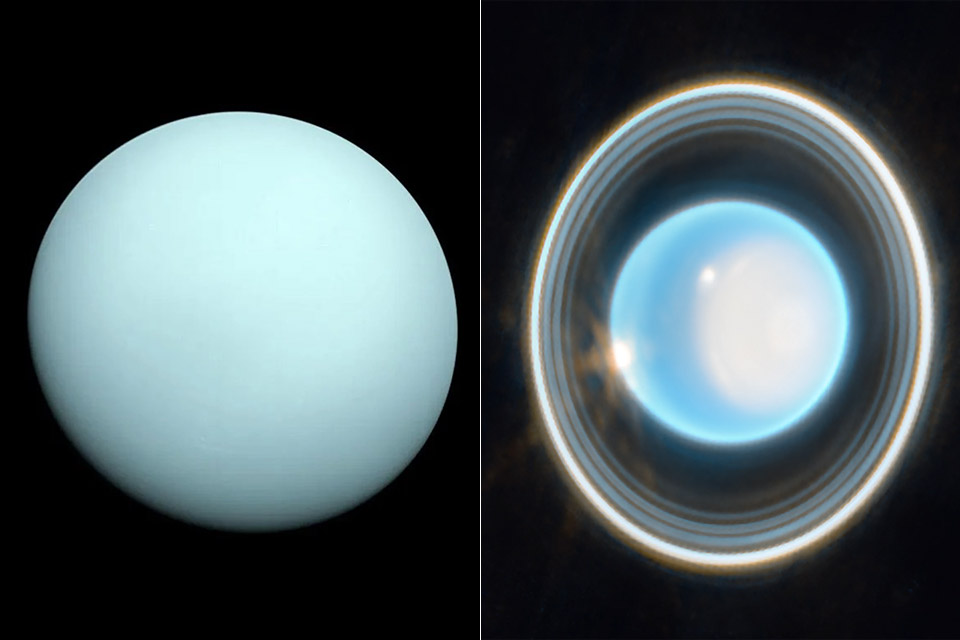
Uranus, the solar system’s oddball, spins like a cosmic top 2.9 billion miles from the Sun, its pale blue glow faint. Long considered the coldest planet with an atmosphere, Voyager 2’s 1986 flyby showed it emitted no internal heat, unlike Jupiter, Saturn and Neptune. A 2025 study by NASA and Oxford University says otherwise, and it’s changing our understanding of this weird gas giant.
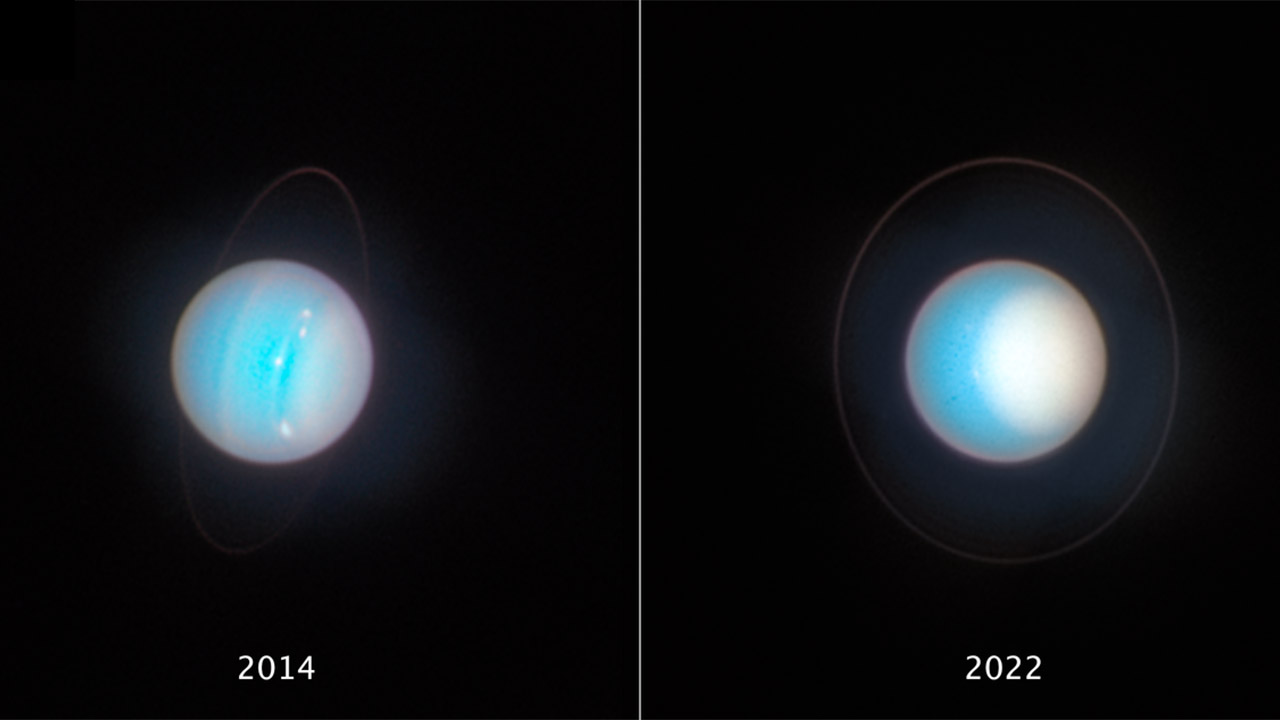
Led by Amy Simon at NASA’s Goddard Space Flight Center, the team went beyond Voyager 2’s one snapshot, using data from ground-based telescopes, Hubble and the Infrared Telescope Facility in Hawaii. Their model, which includes Uranus’ hazy atmosphere, shifting clouds and 84-year orbit, shows the planet is radiating 15% more energy than it’s absorbing from the Sun, upending its reputation as a cold outlier.
- Milky Way wall art décor – Create a large Milky Way Galaxy piece of art with this LEGO building kit for adults
- LEGO 3D-effect wall décor – A Milky Way Galaxy artwork created from 3,091 layered LEGO bricks and pieces to produce a 3D effect with depth and...
- Packed with features – Wall art includes some of the Milky Way’s most famous stars, clusters and other spectacles, including Trappist-1, The...
Unlike Jupiter, Saturn and Neptune which emit a lot of extra heat, Uranus was thought to be energy balanced, with theories of an ancient formation or a collision that drained its heat. These ideas conflicted with planetary formation models and exoplanet observations. Simon’s team used a full energy budget model to account for Uranus’ 98-degree tilt and extreme seasonal variations, and found it scatters light differently and emits measurable internal heat.
This heat likely comes from Uranus’ formation 4.5 billion years ago when gravitational compression created a hot core, supplemented by radioactive decay and internal structural changes. The discovery has implications for exoplanet research as many distant worlds are similar in size to Uranus. Fortunately, the James Webb Space Telescope, will image Uranus’ rings and polar caps in detail, thus further refining these findings to give us more data on its dynamics.
Questions remain about Uranus’ unique formation and the role of its tilt in heat distribution. Future telescopes will answer those questions, but for now this study shows Uranus is a warm world, closer to its gas giant brethren than we thought, and there’s more surprises in those distant orbits.
[Source]

